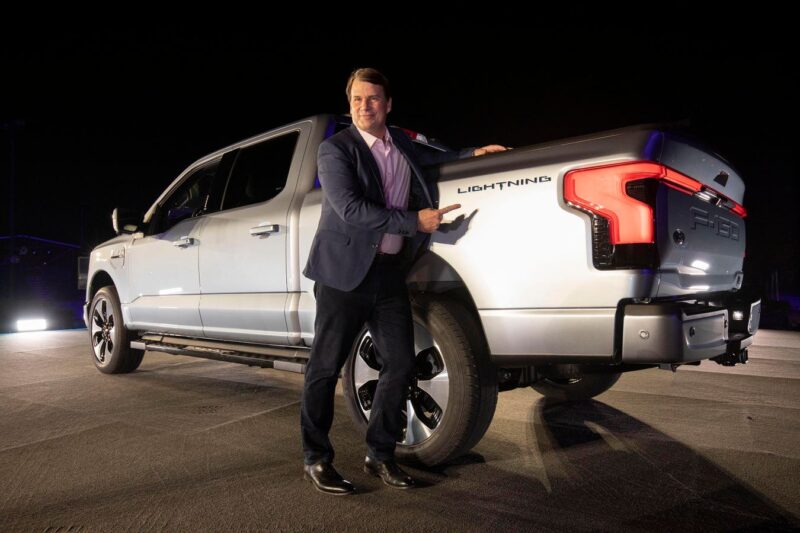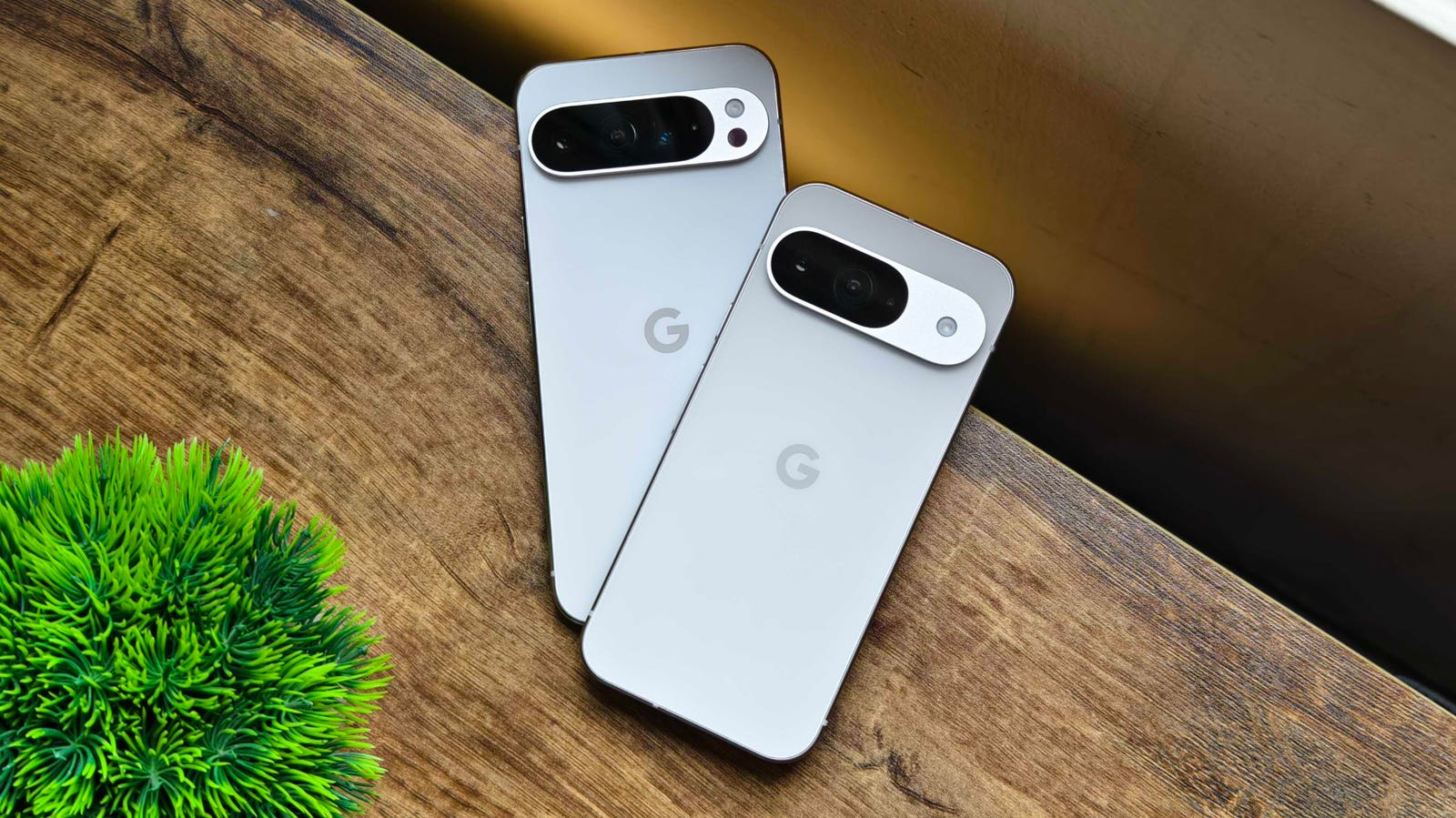Ford’s Jim Farley tries to sell you his rather expensive electric F-150
Getty Images
With the end Sept 30 of the $7,500 tax credit subsidy for electric vehicle purchases, Ford CEO Jim Farley predicts an unsurprising downturn in EV demand, with sales to be cut in half in October, since few planning to buy a vehicle then would not have pushed their purchase up to get the credit. “Customers are not interested in the $75,000 electric vehicle. They find them interesting. They’re fast, they’re efficient, you don’t go to the gas station, but they’re expensive,” said Farley
While there are many EVs well under $75K, they do cost more than similar gasoline vehicles, particularly with the credit gone. (Some automakers found ways to extend the credits for a short time, and some will lower prices.)
There is an important contradiction, however, because many EVs already cost less than their EV counterparts when you look at TCO–Total Cost of Ownership. That’s the money you will actually spend owning the vehicle, including for fuel/energy, maintenance and more. If you can charge at home or work, and drive a typical or large amount of miles, the savings on energy and maintenance should more than make up for the higher sticker price over time.
Cheap Fuel and Maintenance
For example, just looking at fuel, if comparing a 25pmg gasoline car with something like a Tesla Model 3, if you drive 120,000 miles over 10 years, you will burn 4,800 gallons of gasoline and pay around $20,000 for it in California, $15,000 in the east. (Double that for the car’s full 20 year life.) The electricity from the California grid will be $9,600, and on the national average utility about $5,000. If you have solar panels, a closer estimate might be $2,500. It’s a savings of $1,700 per year with California solar panels just for the energy, which is worth $12,500 over 10 years and $19,500 over 20 years with 6% interest.) EVs require almost no maintenance so the savings don’t stop there. (On the other hand, they do use up tires more quickly, and some have higher insurance costs.) Overall it’s a win. The EV costs you less.
As noted, this only happens if you charge at home or work. Charging at public fast charging stations, which some people do when they can’t get charging at home, can cost as much as gasoline. But 80% of EV owners do charge at home, and save even more if they put up solar.
Customers, however, are disturbingly bad with that math. They just can’t figure out how to spend money today to save more in the future. Perhaps we need better education on financial math in schools, but most people just don’t figure it out.
Help them figure it out
The answer is to help them figure it out. Which means, put a lower, below cost, sticker price on the car, but commit the buyer to paying the rest as they drive, out of the savings. They will pay less when they buy the car, and pay less when they drive it, but a lot less to buy it and only a little less to drive it. Artificial, but always clearly a win.
This is perhaps easiest to do with leases but it can also be done with purchased cars. The customer needs to be able to charge at home, and in fact to do some large fraction of their charging at home. (Most drivers will do that, but some will do a decent fraction of their charging on road trips and at the office.) All that’s needed is smarts in the car, which knows when it’s at home, and how much charging it does there. You simply add a supplement to all charging done at home, or the office, or other low-price charging locations. The supplement increases the price of charging, but still keeps it well under the cost of gasoline. You send the customer a statement, “This month, you drove 1,000 miles, and charged for 800 at your house. You paid your electric utility $34 and we added a $30 supplement for a total of $64. If you had that Ford Fusion at 30mpg, you would have burned 27 gallons for those 800 miles and spent $80. You saved $16.”
You do a similar thing with maintenance, though that requires they must do all maintenance through a partnered service center (probably the dealership, but they could submit from anywhere) or even to buy a scheduled maintenance package for flat fee. Once again, you show them that this fee is less than they would have paid with the gasoline car. You price all this so that the supplements pay back the loan they got to reduce their sticker price to be cheaper than the gasoline car.
A New Way of Selling
Selling EVs might well benefit from a new way of selling, and not just Tesla’s direct-to-consumer approach that skips dealers. The value of an EV is in the whole package, so it may make the most sense to sell the consumer the whole package: Vehicle, energy, maintenance, insurance and more. It can even involve packaging in solar. If you sell them the whole package, you can control how they see the price, and if it’s lower than the competition, you can make it clear that it’s lower than the competition.
This can work even for the vehicles people hope to sell which do reach “price parity” with ICE cars. Because if you really have done that, the whole package will look not just at parity, but significantly cheaper. So much cheaper that the buyer, if price conscious at all, will feel great discomfort at buying an ICE for so much more.
This won’t work for everybody. People who do most of their charging at expensive public charging stations either won’t qualify or will have to pay more when it turns out they do that. It requires the customer use their car at the average level or more–it’s not actually today cheaper to buy an EV you only drive 2,000 miles/year, because you just don’t spend that much on gasoline or maintenance. For most customers–homeowners who drive 10,000 miles/year or more–it can be a win. While the ICE cars may not price themselves this way, it won’t help them. Customers will get an update every month on how much they saved.
Customers who do math can continue to buy the regular way, and understand their savings, and have the freedom to change how they do things. But it might just wake up the rest, which is what Ford needs.









